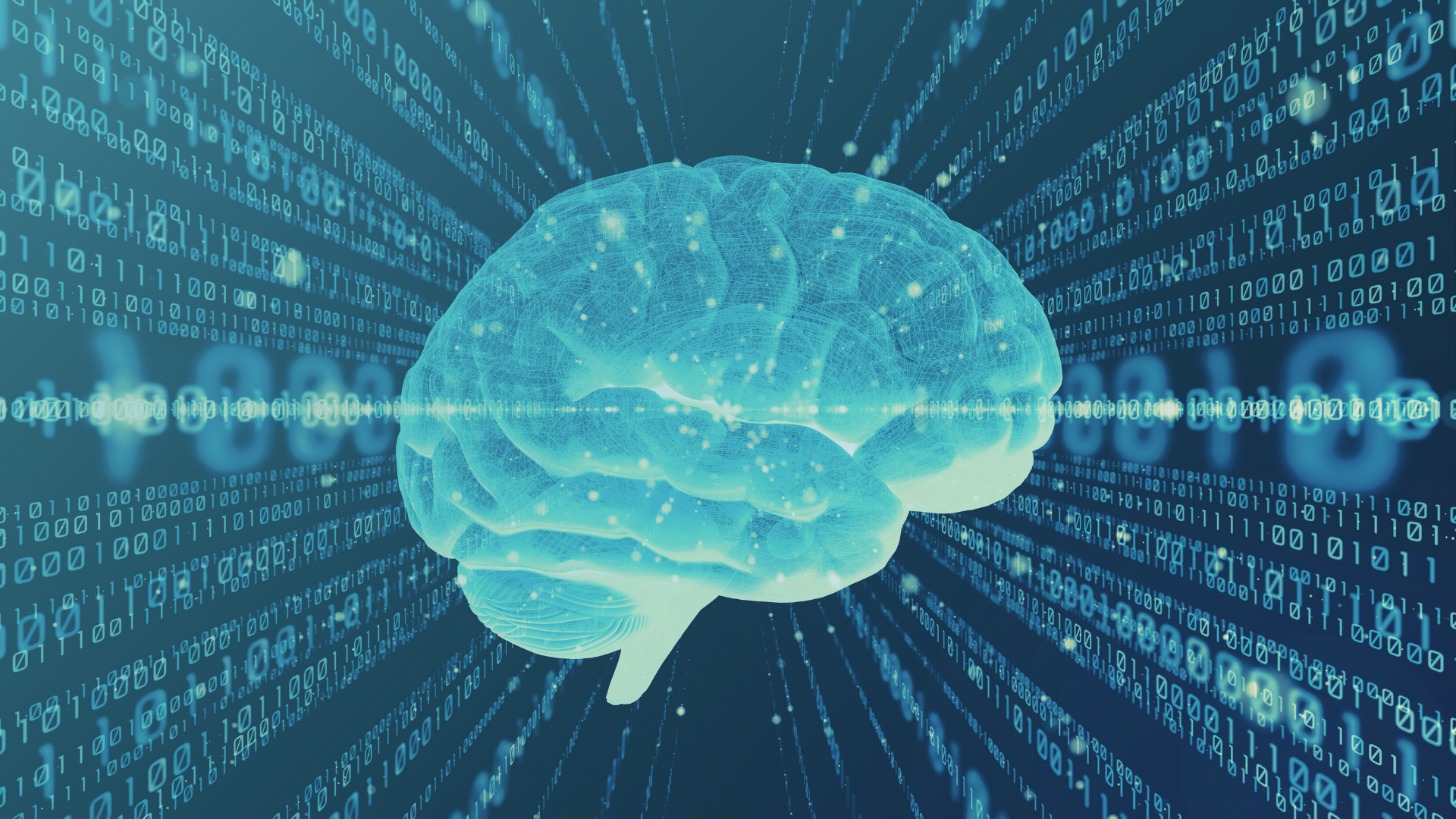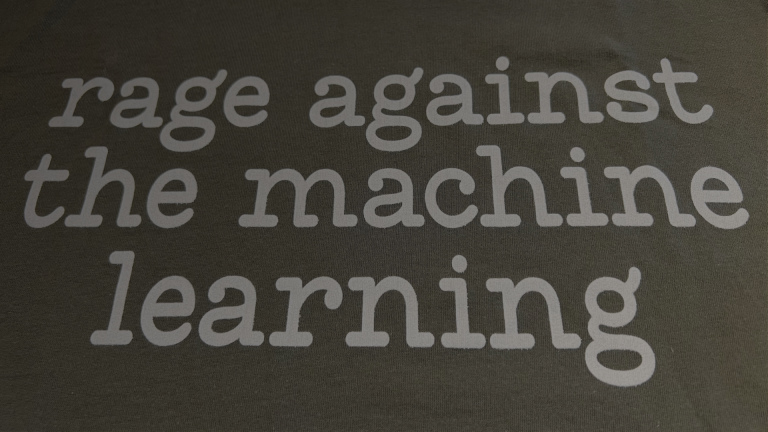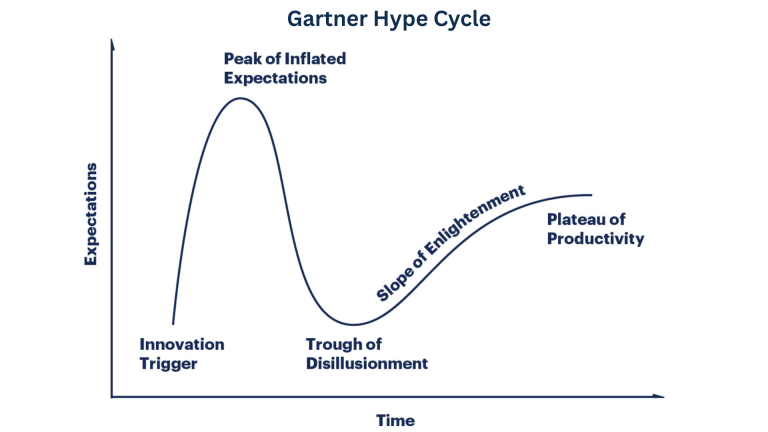Giving Memory to LLMs
Large language models (LLMs) are powerful tools for natural language understanding and generation, but they have a limitation: their knowledge of any interaction is temporary unless explicitly designed otherwise. For businesses, giving LLMs the ability to “remember” can transform them from single-query tools into intelligent assistants capable of maintaining context, improving over time, and delivering more relevant results.
But “memory” in LLMs is not one thing. Different approaches offer different trade-offs, and understanding them is key to building effective AI-powered applications.
1. Short-Term Memory: Context Within a Session
By default, LLMs maintain short-term memory during a single conversation or session. This means they can remember the preceding dialogue and keep the flow consistent, much like a human remembering the thread of a single conversation.
When to use:
- Chatbots that need to maintain context for a single conversation
- Customer support assistants that keep track of the current request
- Interactive workflows where continuity matters
Business impact: Improves user experience by enabling natural, coherent conversations without requiring the user to repeat themselves.
2. Persistent Memory: Across Sessions
Persistent memory allows an LLM to remember past interactions over time, enabling continuity across different sessions. This type of memory stores information externally (in databases, knowledge stores, or specialized memory systems) and feeds it back into the model when needed.
When to use:
- Personal assistants remembering user preferences
- Customer support systems tracking issue history
- Knowledge systems where prior context improves future interactions
Business impact: Increases efficiency, builds trust, and allows AI to provide more personalized responses.
3. Episodic Memory: Recall of Specific Experiences
Episodic memory stores discrete events or experiences, much like human memory of specific moments. For LLMs, this can mean remembering particular past queries or workflows and the results generated.
When to use:
- Systems that need to reference specific past interactions
- Use cases where detailed historical context improves accuracy (e.g., legal or compliance systems)
- Applications that track workflows over time
Business impact: Improves accuracy and decision-making in complex, context-sensitive environments.
4. Semantic Memory: Knowledge and Understanding
Semantic memory is the LLM’s stored understanding of facts, concepts, and relationships. Unlike episodic memory, this is more about generalized knowledge rather than specific events. It is often built by embedding structured knowledge bases or domain-specific data into the AI’s context.
When to use:
- Domain-specific applications (e.g., medical diagnosis, legal advice, technical troubleshooting)
- Knowledge assistants that provide authoritative answers based on stored information
- Systems requiring consistent interpretation of complex terminology
Business impact: Enables deeper, more accurate responses without re-teaching the system for each query.
5. Working Memory: Real-Time Processing
Working memory in an LLM refers to the temporary information actively used during a task. This is similar to short-term memory but applied dynamically to reasoning, calculations, or multi-step problem solving.
When to use:
- Interactive decision-making systems
- Workflow orchestration tools
- Complex data analysis and reasoning applications
Business impact: Improves the model’s ability to manage multi-step processes and deliver coherent answers to complex queries.
6. Choosing the Right Memory Approach
Memory in LLMs is not a one-size-fits-all decision. The choice depends on the nature of your application:
- Use short-term memory for conversational fluidity.
- Use persistent memory for personalization and continuity.
- Use episodic memory for referencing specific past interactions.
- Use semantic memory for domain expertise.
- Use working memory for complex real-time processing.
For many business applications, a combination of these memory types delivers the best results. The key is aligning the memory strategy with the specific needs of your users and business goals.
Conclusion
Giving memory to LLMs changes them from reactive tools into proactive partners. It enables AI systems to remember, reason, and adapt over time, transforming them into more capable assistants, decision-makers, and knowledge workers.
The memory approach you choose will influence both the performance and trustworthiness of your AI system. By understanding the types of memory available and when to use them, businesses can unlock the true potential of LLMs for sustained, intelligent interactions.







